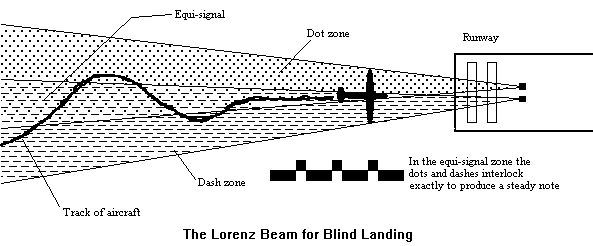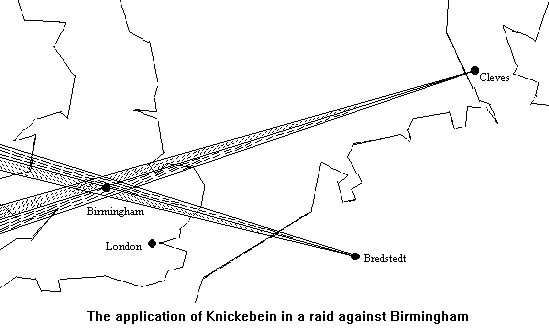

The range of the Lorenz system was only 30 miles, but the Germans managed to increase the range to 300 miles. The bombers, of course, would have to be flying away from the beams rather than approaching, and this would mean it would get less accurate with increasing range since the equi-signal zone would get wider and wider. Therefore a second intersecting beam was sent over the target to notify the bombardiers to drop the load. The most pessimistic estimates of the accuracy of Knickebein beams would still enable a large factory complex to be effectively attacked.

Back to Ju 86 Page
Back to He 111 Page
Back to Ju 88 Page
Back to He 177 Page
Back to German Tactics Page